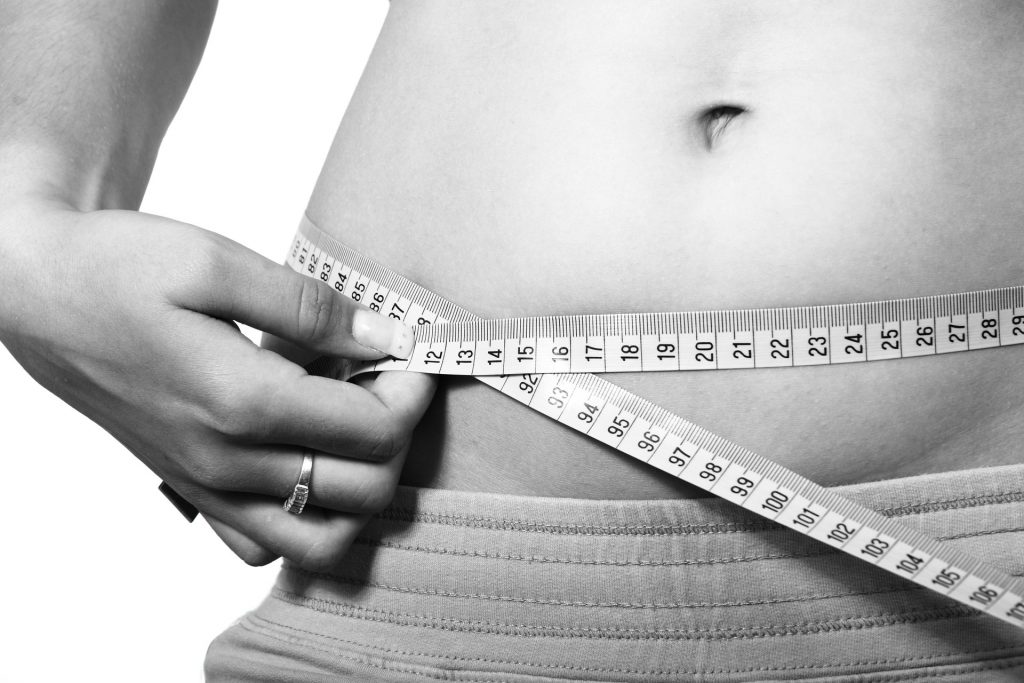 Trans fats: these are two words that have practically become synonymous with poor health. Now, the World Health Organization (WHO) is out to do something about these fats, which can contribute to a wide array of negative health effects.
Trans fats: these are two words that have practically become synonymous with poor health. Now, the World Health Organization (WHO) is out to do something about these fats, which can contribute to a wide array of negative health effects.
In May, WHO announced that it intends to eliminate industrially-produced trans fats by 2023. By doing so, the organization believes that it can potentially prevent 500,000 deaths per year from cardiovascular disease alone.
“Why should our children have such an unsafe ingredient in their foods?” WHO director general Tedros Adhanom Ghebreyesus said in the statement.
By eliminating trans fats, Adhanom believes that the organization can ultimately promote healthier lifestyles and score a “major victory” against heart disease (Reuters staff, 2018). Tom Frieden, former head of the U.S. Centers for Disease Control and Prevention, added that trans fat is an “unnecessary toxic chemical that kills.” Furthermore, he said there is no reason why people should continue to be exposed to it.
But what are trans fats, and where do they come from? Furthermore, is there anything we can do to avoid them in our diet, aside from the efforts WHO is putting into eliminating them?
What Are Trans Fats?
Trans fats can be both naturally occurring and artificial. Naturally occurring trans fats are produced in the gut of some animals (e.g., milk and meat products). Artificial trans fats are created through an industrial process that involves adding hydrogen to liquid vegetable oils to make them solid (“Trans Fat,” 2018).
Why are Trans Fats Used?
Trans fats are used in food because they are inexpensive to create and help preserve food. In some cases, they also give food a more desirable taste and texture.
How Do I Know Which Foods Contain Trans Fats?
One of the easiest ways to find out if your food contains artificial trans fats is to read the label. The phrase “partially hydrogenated oils” is typically used to represent trans fats in food. As of 2013, hydrogenated soils are no longer recognized as safe in human food by the U.S. Food and Drug Administration.
Which Foods Commonly Contain Trans Fats?
Fried foods commonly found at fast food restaurants often contain trans fats. Baked goods, such as cookies, crackers, pie crusts and biscuits may also contain trans fats.
Why Are Trans Fats Bad for Me?
In addition to raising your risk of cardiovascular disease, trans fats can potentially raise your LDL (or “bad”) cholesterol levels, lower your HDL (or “good”) cholesterol levels, and increase your risk of type 2 diabetes and stroke.
References
Reuters staff. “WHO calls for trans fats to be eliminated within five years.” Reuters. Retrieved May 30, 2018, from https://uk.reuters.com/article/uk-health-fats/who-calls-for-trans-fats-to-be-eliminated-within-five-years-idUKKCN1IF1B4.
“Trans fat.” American Heart Association. Retrieved May 30, 2018, from https://healthyforgood.heart.org/Eat-smart/Articles/Trans-Fat
